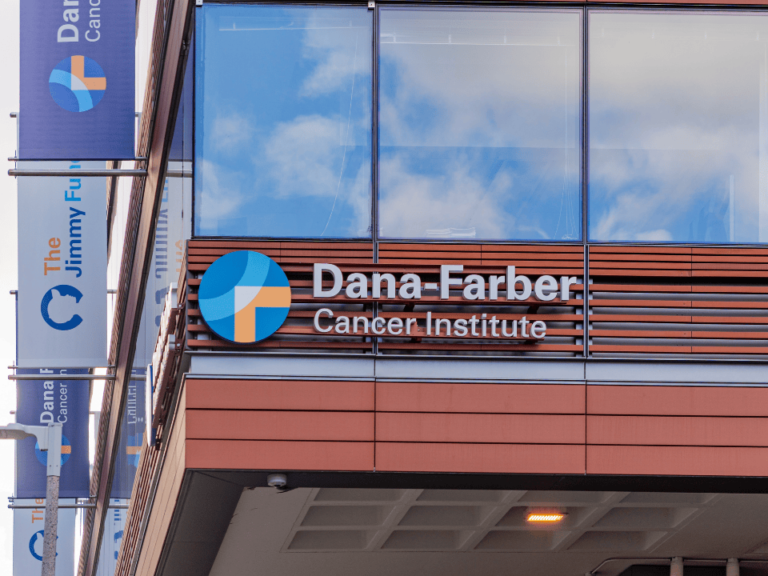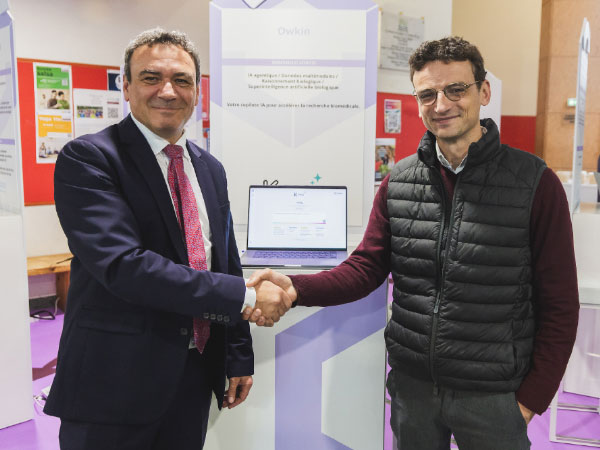The intersection of diabetes, obesity and cancer represents an important and underappreciated challenge in medicine. Apart from smoking, overweight is now the leading modifiable risk factor for cancer. With the global epidemic of overweight and diabetes driving cancer incidence across multiple organ sites, understanding the metabolic underpinnings of this relationship has never been more critical.
Our Department of Diabetes & Cancer Metabolism uniquely bridges research, clinical and population interests of the Comprehensive Cancer Center and the Arthur Riggs Diabetes and Metabolism Research Institute.
This strategic positioning allows us to tackle fundamental questions about how metabolic dysfunction drives cancer development, progression and responses to treatments.
Simultaneously, we are interested in how cancer and its treatments disturb energy metabolism and maintenance of skeletal muscle mass in patients and cancer survivors.
A key focus of my research is metabolic dysfunction-associated steatotic liver disease (MASLD), formerly known as fatty liver. More than a billion people globally have MASLD, which is a precursor lesion for both type 2 diabetes (T2D) and hepatocellular carcinoma (HCC). Unfortunately, most people don’t know that they have MASLD until they already have a diagnosis of diabetes or cancer.
The fundamental challenge lies in a mismatch between our gene set and our current condition.
Our hepatocytes evolved to store excess energy as fat during episodes of abundance to prepare us to survive famine. The same genetic pathways that once allowed our ancestors to survive now undermine our liver health. MASLD frequently advances to hepatic insulin resistance, fibrotic liver dysfunction and an increased burden of cancer.
From rare disease to therapeutic targets
Rare diseases reveal far reaching insights into common conditions.
For example, the lifetime incidence of breast cancer in women is so high it’s difficult to identify pedigrees that reveal the action of familial breast cancer genes in women. In contrast, families with a single case of breast cancer in men were instrumental in identifying carriers of BRCA1 mutations, which strongly predispose to breast and ovarian cancer.1
Whereas the common MASLD presentation is an overweight person, hundreds of millions of lean people also have MASLD, which represents an energy storage condition that’s harder to understand.
I turned to the rare disease of Citrin Deficiency (CD) to understand how a skinny person’s liver might be programmed to store rather than burn energy. CD patients are generally lean and have livers deficient in ATP generation but almost uniformly store fat as lipid droplets.
They also suffer from a urea cycle disorder and are highly susceptible to HCC.
Curiously, patients with CD don’t like sweets.2
We hypothesized that the sweet aversive presentation in CD is due to high level circulation of FGF21, a liver-derived hormone that tells the brain that sweets are not of interest.3
We found mice with CD mutations circulate high levels of FGF21 due to an activated gene expression pathway that also drives liver fat accumulation and an inability to burn that fat.4
Our discoveries have opened three distinct therapeutic avenues.
The same genetic pathways that once allowed our ancestors to survive now undermine our liver health. MASLD frequently advances to hepatic insulin resistance, fibrotic liver dysfunction and an increased burden of cancer.
First, we identified drug targets to enable mobilization of fat from the liver for potential treatment of MASLD in CD, lean MASLD and in some cases of common MASLD.
Second, we found potential targets for the urea cycle toxicities that can plague people with CD.
Third, our work on FGF21 regulation suggests ways to develop an oral drug that could allow people to make more of their own FGF21 as a potential therapy for MASLD and overweight that might also limit their cravings for sweets and alcohol.
Just as work on tobacco carcinogenesis created a world of insights into DNA damage and repair with therapeutic implications across all of biomedicine, we expect work at the interface of energy metabolism and carcinogenesis will be fertile ground for breakthrough discoveries.
Our goal is clear: to transform our understanding of metabolic dysfunction into tangible benefits for patients facing these interconnected diseases.
References
- L.S. Friedman, et al., Nat Genet 8 (1994) 399-404.
- J. Kido, et al., J Inherit Metab Dis 47 (2024) 1144-1156.
- S.O. Jensen-Cody, et al., Cell Metab 32 (2020) 273-286 e6.
- V. Tiwari, et al., bioRxiv (2024).
Listen to Dr. Brenner on City of Hope’s new podcast, “On the Edge of Breakthrough: Voices of Cancer Research.” Available on Spotify, Apple Podcasts and at cityofhope.org/edge-of-breakthrough.
City of Hope® is one of the largest and most advanced cancer research and treatment organizations in the U.S., with its National Medical Center named top 5 in the nation for cancer by U.S. News & World Report. To learn more about City of Hope, visit: www.cityofhope.org.








